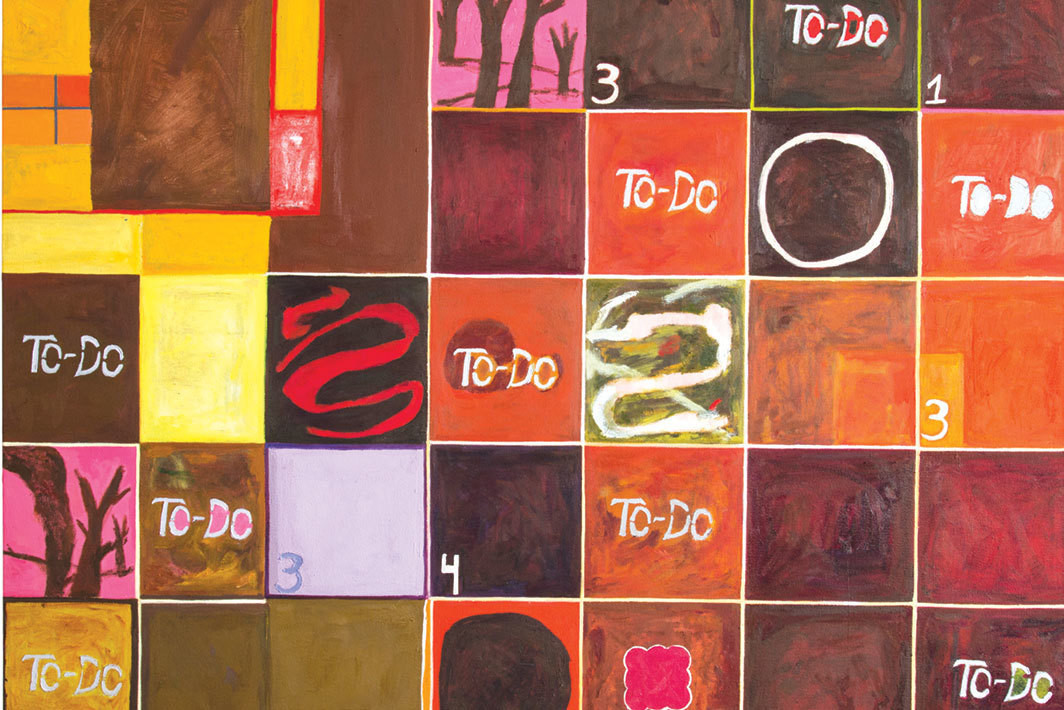
Rachel Syme

The title of Fleabag: The Scriptures (Ballantine Books, $28) is a cheeky play on words: It refers to the shooting scripts for the television comedy Fleabag, which are reproduced here in full, and it also refers to the fact that the second (and, if creator Phoebe Waller-Bridge is to be believed, final) season of the show, which debuted on Amazon Prime in May 2019, is about the main character’s romantic attachment to an unattainable Catholic priest. But it also acknowledges that Waller-Bridge’s words—printed out on creamy paper stock, bound inside a smooth navy-blue cover, and embossed with gold serif letters 
The first line of Carrie Fisher’s debut novel, Postcards from the Edge, is still one of the best opening volleys of all time: “Maybe I shouldn’t have given the guy who pumped my stomach my phone number, but who cares?” It is so good, in fact, that it only could have come from her—despite the fact that when Postcards was published, in 1987, the Los Angeles Times tried to foment a minor scandal about whether or not Fisher really wrote it. She had enlisted a good friend, Paul Slansky, as an “editor” of the book, and his name below hers 
It is probably unfashionable to begin a review with a reference to Sex and the City, but Natasha Stagg has given me tacit permission to do so—she cites the show in the first sentence of her new book, Sleeveless: Fashion, Image, Media, New York 2011–2019. In a short essay titled “Cafeteria,” which was originally published in Spike Art Quarterly in 2016, Stagg writes about observing a cadre of diners meeting for brunch in Chelsea: 
If I see Joan Didion’s packing list on Instagram one more time, I’m going to scream. And then I am absolutely going to click. We all have our baggage, we just want to know how to organize it. What if a streamlined suitcase is the missing link, the unheralded key to writing sentences like skate blades? Best to memorize the method, just in case. And so Didion’s scribbled checklist lives inside my head: two skirts, two jerseys, cigarettes, bourbon, Basis soap, Tampax, mohair throw, baby oil, aspirin, etc. I’ve seen this list most often on social-media feeds, but it also 
here is a scene in Douglas Keeve’s 1995 documentary, Unzipped, in which Keeve films his then-lover, the American fashion designer Isaac Mizrahi, getting a haircut. Mizrahi’s mane is wild, a crimpy bristle that forms a compact tangle over his forehead as single corkscrews try to escape the mass. Mizrahi, thirty-three at the time, is more or less oblivious to the snipping happening around his face. He’s too preoccupied with explaining his vision for a new fall runway collection, which he says came to him in a bolt of revelation before Christmas. “It has to be this kind of, like, you 
One evening in early 1950, the film mogul Louis B. Mayer hosted a small dinner party for the actress Gloria Swanson. She was fifty-one years old, which was not considered an ancient, crone-like age, even in an industry that values youth above all else. Still, she was in need of a professional boost. Mayer’s small soiree was something of a ceremonial gesture. Here was one of the last tycoons of classic Hollywood extending his hand and his hospitality to an actress who was tottering, on marabou-covered heels, back into the business after a decade-long fermata.